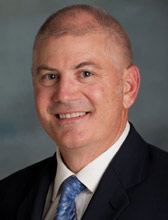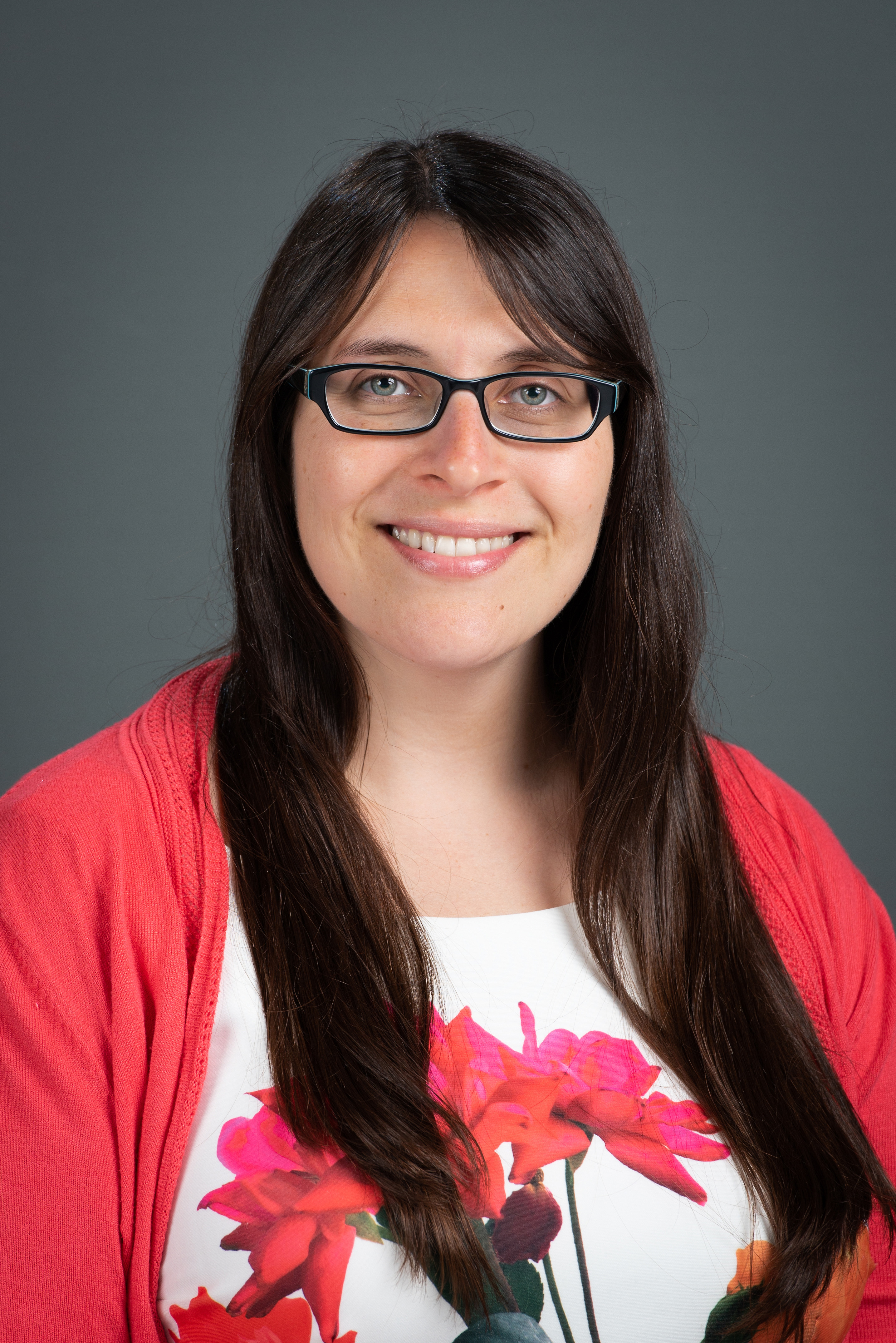By Jessica Rosenberg, Brailsford & Dunlavey
This article, the second in a two-part series, offers a case study of California State University, Northridge’s campus hotel / conference center planning experience. The first part, available here, offers an overview of campus hotels / conference centers—the why, how, trends, and where we go from here.
For decades now, California State University, Northridge (CSUN), has talked about building a campus hotel / conference center. It would be a place for visiting students and families to stay during commencement, move-in, and college visits; a place to host events; an opportunity for experiential learning; and certainly better access to all that CSUN offers, 
Over the years, demand for such a facility has only grown. Now, the school is in the progress of taking the facility from concept to reality.
Colin Donahue, CSUN’s Vice President of Administration and Finance says, “CSUN was founded in 1958 and has grown to serve a student body of nearly 40,000. Meanwhile the San FernandoValley has expanded to 2 million residents. Within this major metropolitan region, we continue to have a lack of suitable hotel facilities within the vicinity of CSUN. One of the biggest things we’re missing on campus right now is the ability to host a variety of conferences and events—we are limited in what we can do without adequate hotel facilities. We currently house visitors about 8 miles from campus, which is easily half an hour away considering Los Angeles traffic. A university of CSUN’s size and stature really needs an on-campus hotel to support the needs of students, faculty, staff, alumni, and community partners.”
What exactly will that look like? With so much campus demand for a hotel, the school estimates that nearly half of the property’s business will be campus-related. At the same time, with such a need in the general area, a good chunk of business will come from outside lodging. Clearly, demand is not an obstacle.
To make the project happen, CSUN has engaged a partner, Corvias, for a public-private partnership (P3). Donahue says, “The type of services provided in a hotel are different than our core business of academics. We’re pretty savvy in commercial services and housing—we have a long track record—but we don’t have a long track record running a hospitality operation. That’s really a unique business. So structuring a project with an outside developer allows both parties to come to the table with what they’re best able to provide from a service standpoint.”
Could CSUN do the project
A P3 also makes sense in terms of financing. Donahue says, “For a campus like ours, if you’re going to self-develop, it’s going to take a significant amount of equity. A project like this would typically require 30–35% equity. We feel it’s prudent to limit our financial risk and keep campus resources available to support core academic and support services for students. What do you give up for that? The argument would be potential revenue from operations. But you have to weigh that opportunity against the fact that a private hotel developer and operator will accept the risk for operational losses. For this project type, the P3 partner brings the operational expertise and efficiency, which increases the likelihood of long-term success.”
A primary concern in Donahue’s mind, then, is control—“control over the operations that occur on site, and how the amenity integrates with the campus. So that’s why we spend a lot of time on the ground lease. The key thing for any university is to make sure you get the right partner where you’re developing a true partnership that has shared goals, so both parties are incentivized to work toward the project’s success. That has to be a primary objective. For a private partner, working with a university is much different than working toward a hotel with a municipality. Our primary goal is not to increase economic activity or generate tax revenue. This hotel will be in the core of our campus—and we want it to be there. So it has to function as a piece of daily life, and therefore we had to pay a lot of attention to finding the right partner—not just making a good financial deal on a piece of land.”
With such thoughtful planning for such a deeply needed campus amenity, it is no surprise that the faculty, students, and larger community are excited. Donahue says, “Universities are living laboratories and we are working with our P3 partner to ensure the hotel provides enhanced learning opportunities for students in Recreation and Tourism Management and other programs. We envision jobs, internships, studying the operations of the hotel, learning the industry. We intend to leverage the public-private partnership model to go beyond just developing a much-needed facility.”
COLIN DONAHUE Is the Vice President of Administration
JESSICA ROSENBERG plays a lead role in B&D’s 
